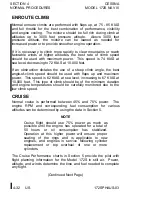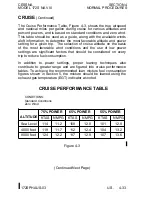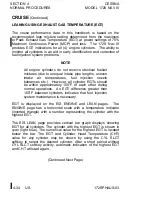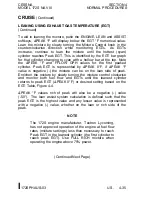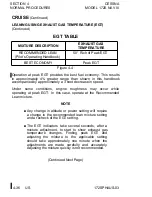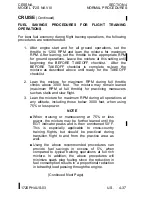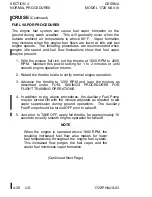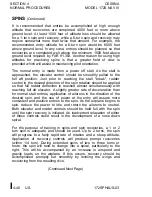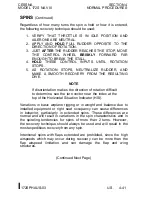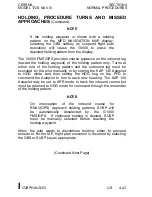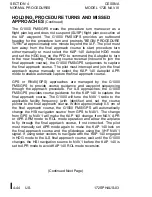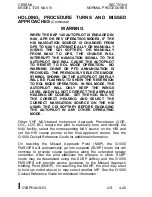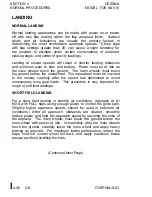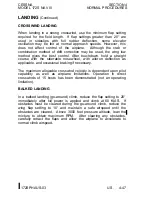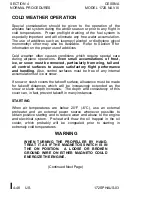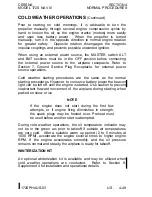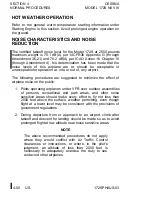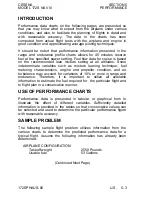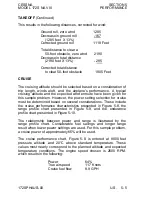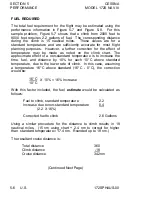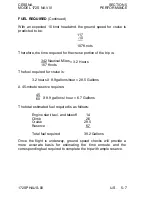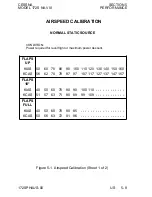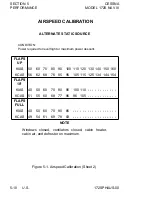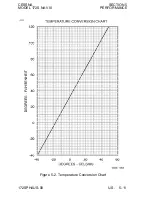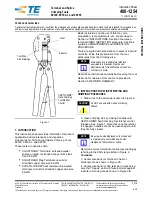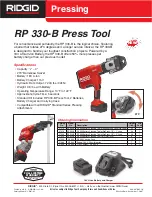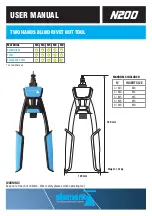
SECTION 4
CESSNA
NORMAL PROCEDURES
MODEL 172S NAV III
LANDING
NORMAL LANDING
Normal landing approaches can be made with power on or power
off with any flap setting within the flap airspeed limits. Surface
winds and air turbulence are usually the primary factors in
determining the most comfortable approach speeds. Steep slips
with flap settings greater than 20° can cause a slight tendency for
the elevator to oscillate under certain combinations of airspeed,
sideslip angle, and center of gravity loadings.
Landing at slower speeds will result in shorter landing distances
and minimum wear to tires and brakes. Power must be at idle as
the main wheels touch the ground. The main wheels must touch
the ground before the nosewheel. The nosewheel must be lowered
to the runway carefully after the speed has diminished to avoid
unnecessary nose gear loads. This procedure is very important for
rough or soft field landings.
SHORT FIELD LANDING
For a short field landing in smooth air conditions, approach at 61
KIAS with FULL flaps using enough power to control the glide path.
(Slightly higher approach speeds should be used in turbulent air
conditions.) After all approach obstacles are cleared, smoothly
reduce power and hold the approach speed by lowering the nose of
the airplane. The main wheels must touch the ground before the
nose wheel with power at idle. Immediately after the main wheels
touch the ground, carefully lower the nose wheel and apply heavy
braking as required. For maximum brake performance, retract the
flaps, hold the control wheel full back, and apply maximum brake
pressure without skidding the tires.
(Continued Next Page)
I
4-46 U.S.
172SPHAUS-03

